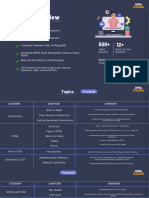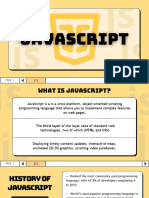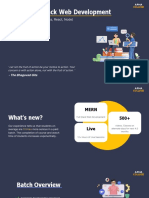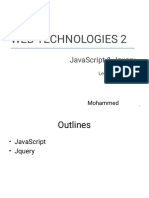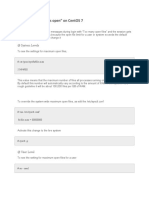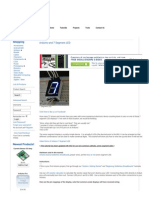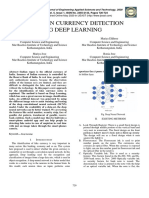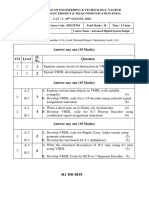0% found this document useful (0 votes)
15 views10 pagesFront End Fundamentals
This document serves as a comprehensive guide to front-end development, covering essential topics such as HTML, CSS, and JavaScript, along with advanced interview preparation materials. It includes sections on key concepts, mini projects, and flashcards for quick revision. The document aims to equip readers with the foundational knowledge needed before exploring modern frameworks like React, Vue, or Angular.
Uploaded by
makar samerCopyright
© © All Rights Reserved
We take content rights seriously. If you suspect this is your content, claim it here.
Available Formats
Download as PDF, TXT or read online on Scribd
0% found this document useful (0 votes)
15 views10 pagesFront End Fundamentals
This document serves as a comprehensive guide to front-end development, covering essential topics such as HTML, CSS, and JavaScript, along with advanced interview preparation materials. It includes sections on key concepts, mini projects, and flashcards for quick revision. The document aims to equip readers with the foundational knowledge needed before exploring modern frameworks like React, Vue, or Angular.
Uploaded by
makar samerCopyright
© © All Rights Reserved
We take content rights seriously. If you suspect this is your content, claim it here.
Available Formats
Download as PDF, TXT or read online on Scribd
/ 10











